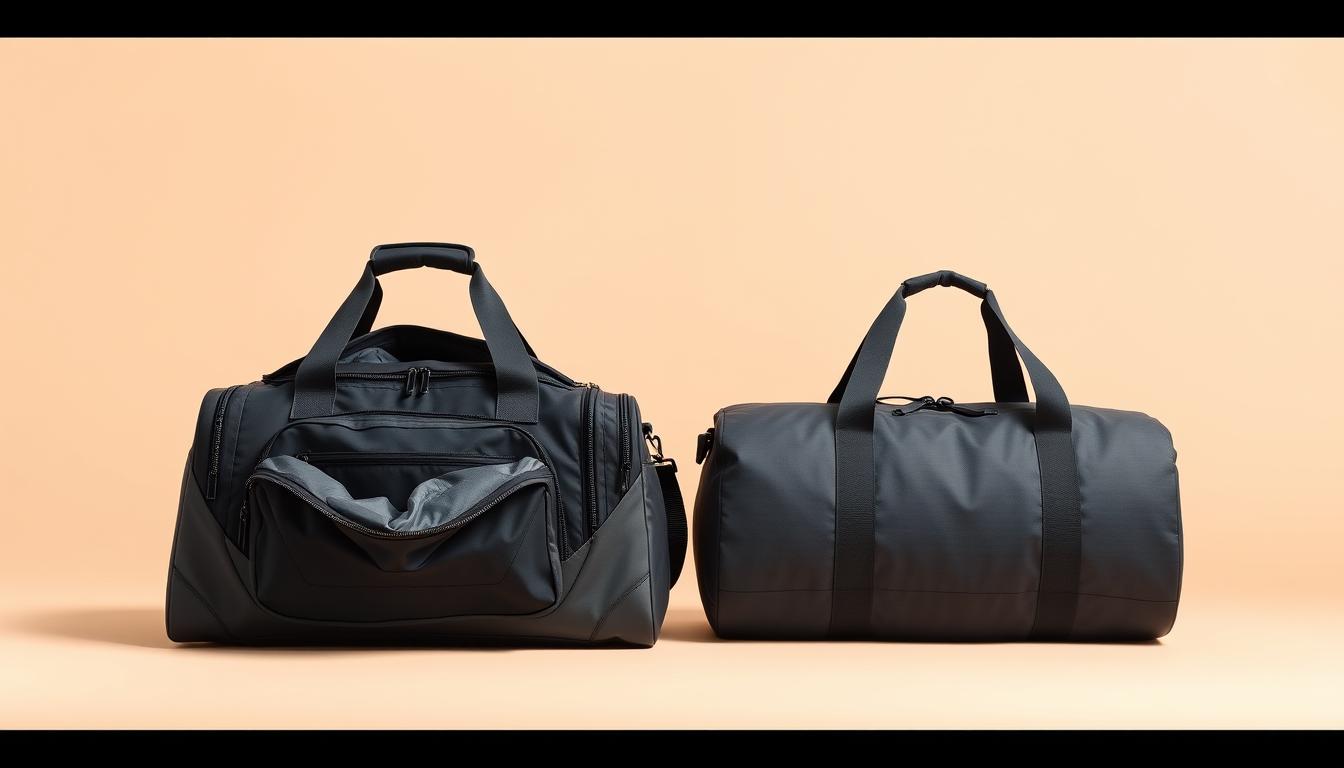
Choosing between a gym bag vs duffel bag can be confusing when they look so similar at first glance. Yet, understanding their distinct features and purposes can make a significant difference in how well they serve your needs. Whether you’re heading to the gym, planning a weekend getaway, or looking for versatile storage solutions, knowing which bag type best suits your lifestyle is essential.
In this comprehensive guide, we’ll break down the key differences between gym bags and duffel bags, explore their unique design features, and help you determine which option aligns with your specific requirements. By the end, you’ll have all the information needed to make a confident decision about which bag deserves a spot in your collection.
Primary Purposes: What Each Bag Is Designed For
Gym Bag: Specialized for Fitness
Gym bags are specifically designed with fitness enthusiasts in mind. Their primary purpose is to organize and transport workout essentials efficiently. These bags typically feature specialized compartments for shoes, water bottles, and wet clothes, making them ideal for those who need to keep their gym gear organized and separated.
Most gym bags are compact enough to fit in a standard gym locker while still providing enough space for a change of clothes, towels, and personal items. The focus is on functionality and organization rather than maximizing capacity.
Duffel Bag: Versatile Carrying Solution
Duffel bags, on the other hand, are more versatile in their application. Originally designed as military gear bags, modern duffels serve as all-purpose carriers for various activities. Their primary purpose is to provide maximum storage capacity in a flexible format.
The cylindrical shape and large main compartment make duffel bags perfect for packing bulky items or a larger quantity of gear. While they can certainly be used for gym sessions, they excel equally in travel scenarios, weekend trips, and sports activities that require more equipment.
Design Features: How They’re Built Differently
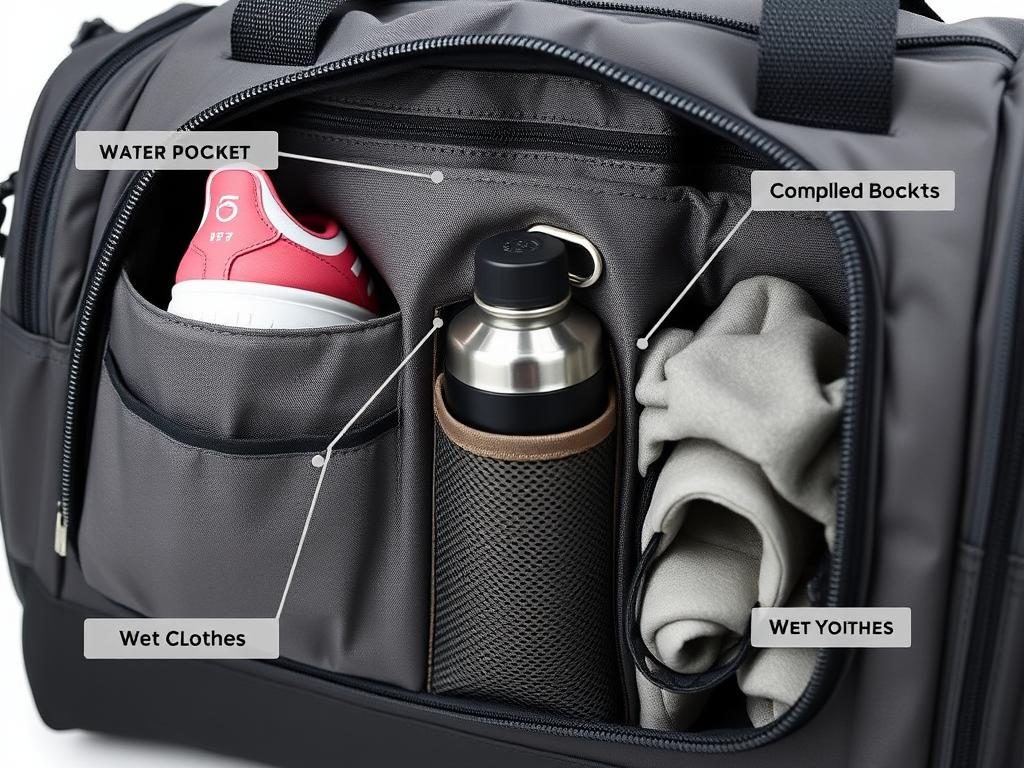
Compartments and Organization
Gym Bag Features:
- Multiple specialized compartments
- Dedicated shoe pocket (often ventilated)
- Water bottle holders
- Wet/dry compartments for sweaty clothes
- Small pockets for valuables and electronics
- Sometimes includes laptop sleeves
Duffel Bag Features:
- Large main compartment
- Fewer internal dividers
- Some external pockets
- Simpler organization system
- More flexible packing space
- Focus on capacity over organization
Straps and Carrying Options
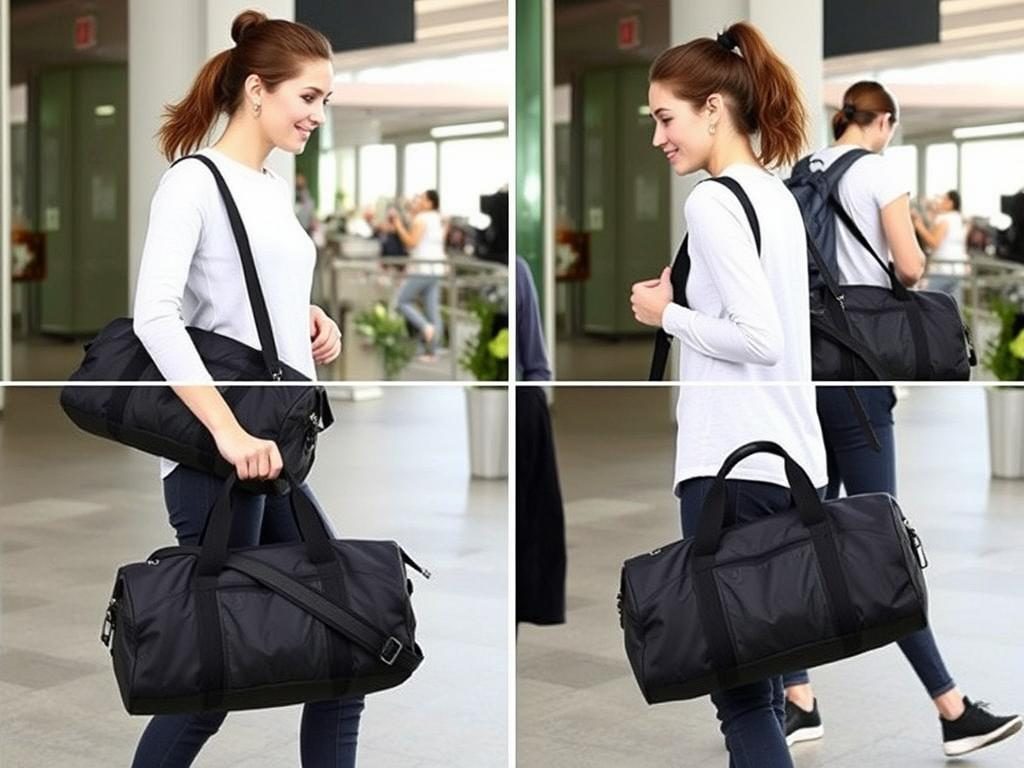
Gym Bag Options:
- Shorter shoulder straps
- Padded grip handles
- Sometimes includes cross-body options
- Designed for shorter commutes
Duffel Bag Options:
- Longer, adjustable shoulder straps
- Sturdy grab handles
- Some models offer backpack-style straps
- Built for versatile carrying methods
- Some include wheels for easier transport
Materials and Durability
Both bag types utilize durable materials, but with different priorities:
Gym Bag Materials:
- Lightweight, breathable fabrics
- Water-resistant sections for wet items
- Antimicrobial linings in premium models
- Mesh panels for ventilation
Duffel Bag Materials:
- Heavy-duty canvas or nylon
- Reinforced bottom panels
- Weather-resistant coatings
- Emphasis on overall durability
Usage Scenarios: When to Choose Each Bag Type
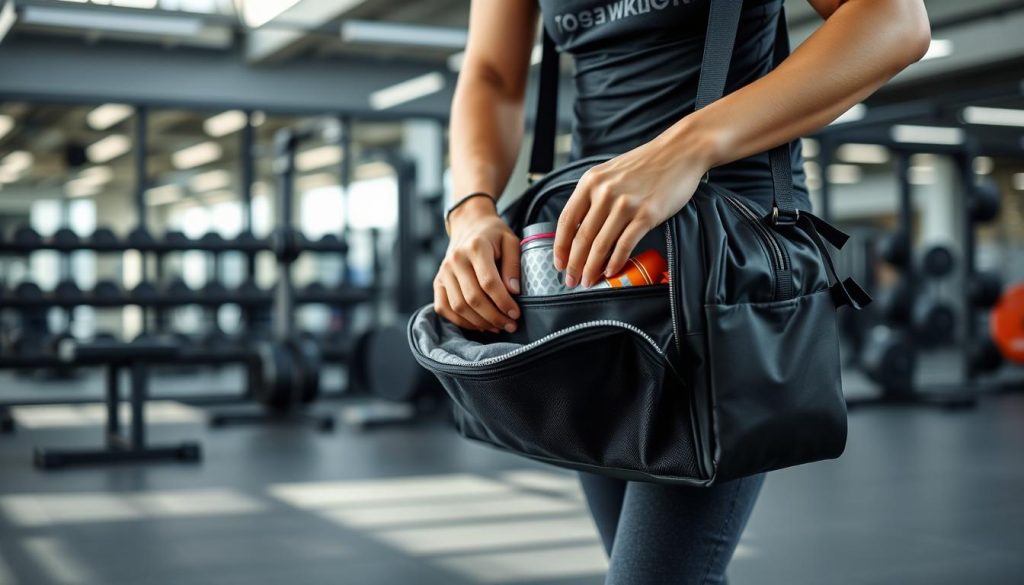
Ideal Scenarios for Gym Bags
- Daily Gym Sessions: Perfect for regular workouts where organization of specific items is key
- Fitness Classes: Ideal for yoga, pilates, or group fitness where you need quick access to different items
- Swimming: Great for separating wet swimwear from dry clothes
- Work-to-Gym Transition: Excellent for professionals who head to the gym before or after work
- Indoor Sports: Suitable for basketball, racquet sports, and other activities with minimal equipment
Ideal Scenarios for Duffel Bags
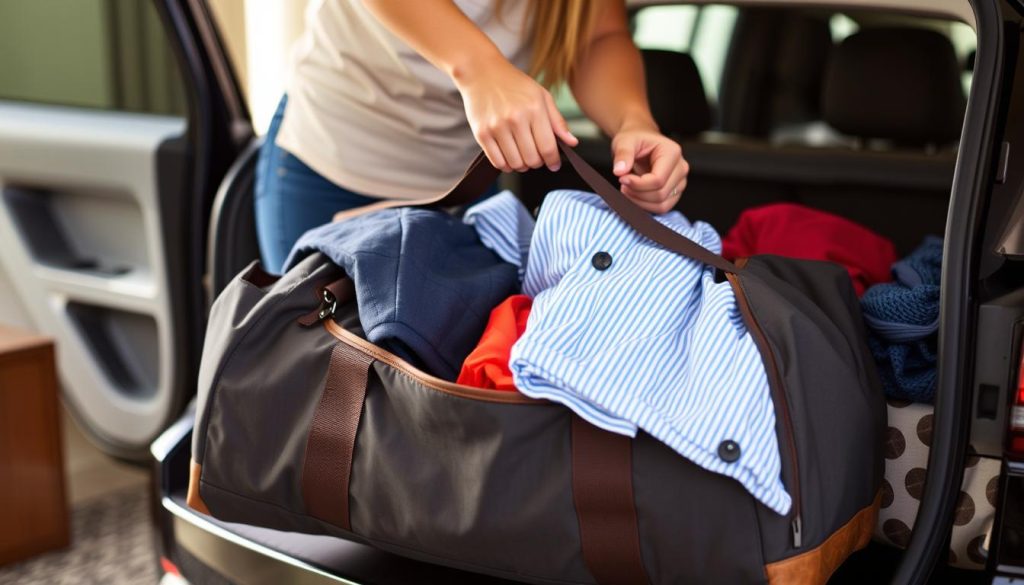
- Weekend Getaways: Perfect for 2-3 days of travel with flexible packing needs
- Team Sports: Ideal for carrying uniforms, equipment, and personal items to games
- Outdoor Activities: Great for camping, hiking, or adventure sports with bulkier gear
- Gym + Other Activities: Excellent when you need workout gear plus additional items
- Air Travel: Many duffels work well as carry-on luggage
- Equipment-Heavy Workouts: Better for CrossFit, weightlifting, or activities requiring more gear
Crossover Scenarios
Some situations work well with either bag type, depending on your personal preferences:
- Day Trips: Both can serve as day bags, with gym bags offering better organization and duffels providing more space
- Casual Sports: Either works for recreational sports, depending on equipment volume
- Gym-to-Social Outings: Both can transition from workout to casual settings
Gym Bag vs Duffel Bag: Side-by-Side Comparison
This comprehensive comparison highlights the key differences between gym bags and duffel bags across multiple factors:
| Feature | Gym Bag | Duffel Bag |
| Size | Compact (18-24 inches) | Medium to large (20-36 inches) |
| Shape | Rectangular or structured | Cylindrical or barrel-shaped |
| Compartments | Multiple specialized pockets | Fewer compartments, larger main space |
| Weight | Lighter (1-2 lbs empty) | Heavier (2-4 lbs empty) |
| Durability | Moderate to high | High to very high |
| Typical Price Range | $20-$80 | $30-$150+ |
| Best For | Daily workouts, organization | Travel, versatility, capacity |
| Water Resistance | Partial (wet compartments) | Often fully water-resistant |
| Carrying Style | Shoulder or hand carry | Multiple options (shoulder, hand, backpack) |
Buying Tips: How to Choose the Right Bag
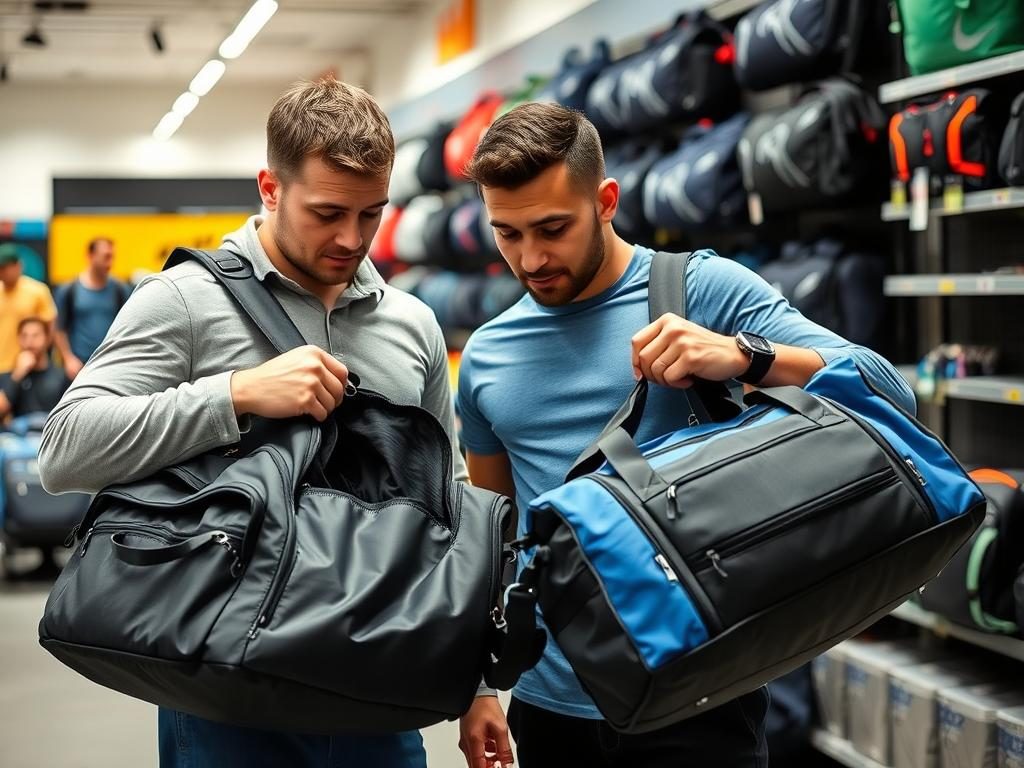
Choose a Gym Bag If…
- You primarily need a bag for fitness activities
- Organization is important to you
- You need to separate wet/sweaty items from dry ones
- You want dedicated compartments for shoes and water bottles
- You prefer a more compact bag that fits in gym lockers
- You value quick access to specific items during workouts
Opt for a Duffel Bag When…
- You need versatility for multiple activities
- Maximum capacity is a priority
- You frequently travel or take weekend trips
- You carry bulkier items or sports equipment
- You prefer flexible packing space over rigid compartments
- You want a bag that can grow or shrink with your needs
Consider These Factors Before Buying
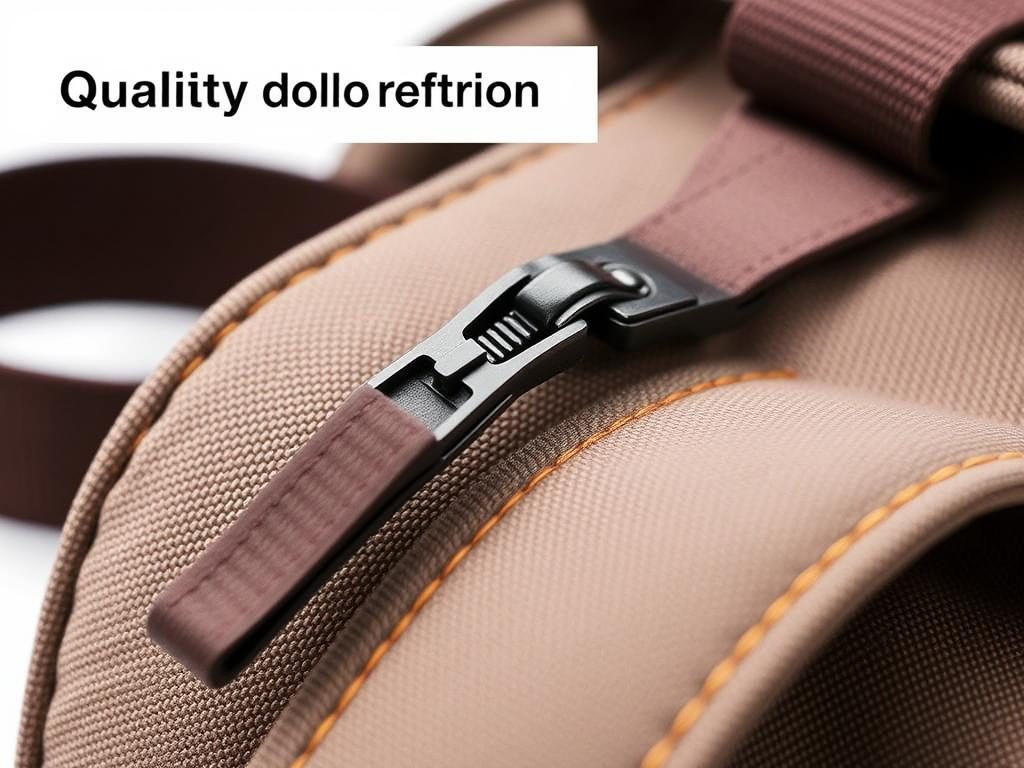
Material Quality
Look for durable materials like ballistic nylon, ripstop fabric, or high-quality polyester. Check the denier rating (higher numbers indicate thicker, more durable fabric) and water resistance if you’ll be using the bag in various weather conditions.
Stitching and Construction
Examine the seams and stitching – reinforced or double stitching indicates better durability. Quality zippers (YKK is a trusted brand) and sturdy hardware are worth the investment for long-term use.
Size Considerations
Consider where you’ll store the bag when not in use and whether it needs to fit in specific spaces like gym lockers. For travel, check airline carry-on restrictions if you plan to use your duffel for flights.
Comfort Features
Test the straps for comfort and padding. For heavier loads, padded straps and ergonomic design make a significant difference. Adjustable straps allow customization for your body type and carrying preferences.
Hybrid Options: Getting the Best of Both Worlds
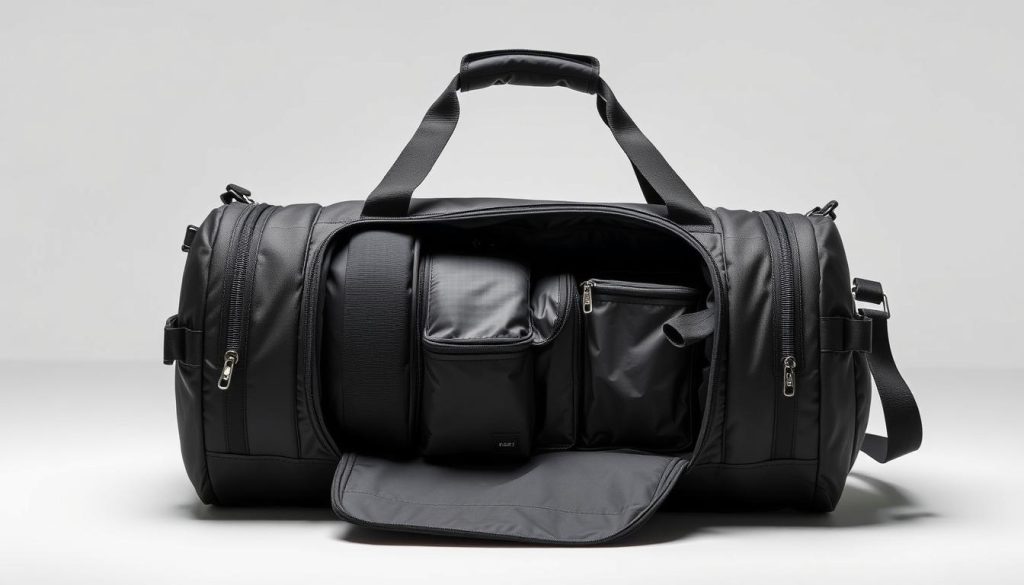
The gym bag vs duffel bag distinction isn’t always clear-cut. Many manufacturers now offer hybrid designs that combine the best features of both bag types. These versatile options provide:
- Convertible Designs: Bags that can transform from structured gym bags to more flexible duffels
- Modular Organization: Removable dividers that allow you to customize compartments based on your needs
- Multi-Carry Options: Straps that convert from shoulder carry to backpack style
- Expandable Capacity: Zippered expansions that increase volume when needed
These hybrid options are ideal for those who can’t decide between a gym bag vs duffel bag or whose needs vary frequently. They typically cost slightly more than standard models but offer greater versatility for different scenarios.
Maintenance Tips: Keeping Your Bag in Top Condition
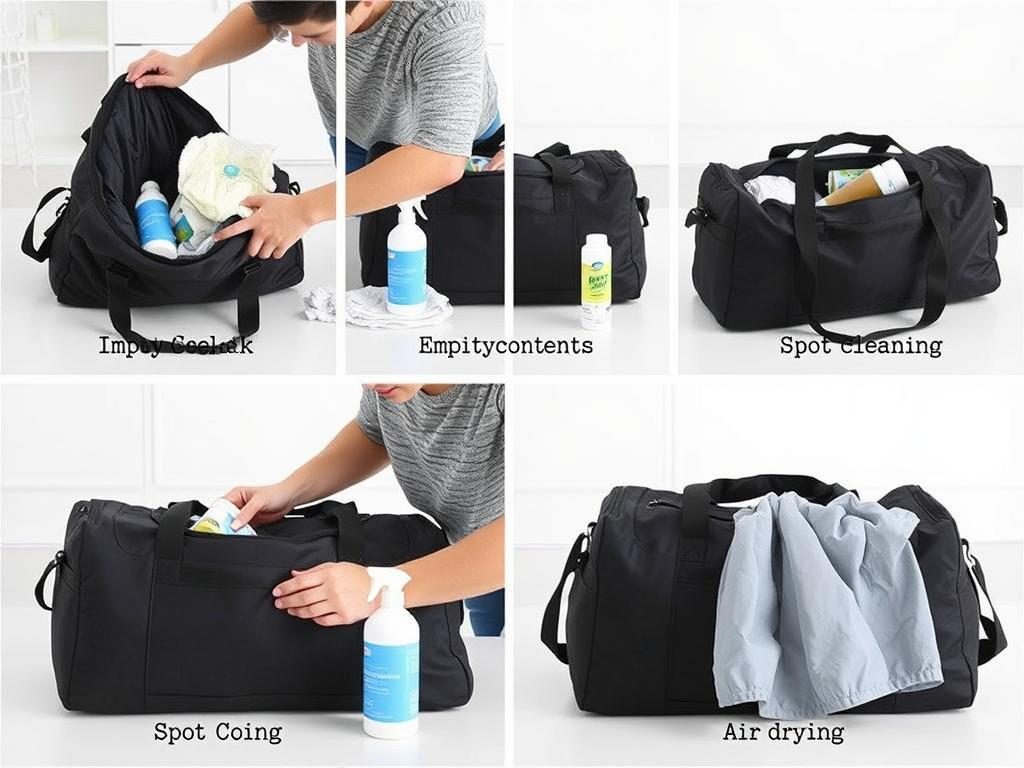
Gym Bag Maintenance
- Empty and air out after each use to prevent odors
- Clean wet compartments regularly to prevent mildew
- Spot clean with mild soap and water as needed
- Use antimicrobial sprays for odor control
- Check zippers and hardware monthly for signs of wear
Duffel Bag Maintenance
- Brush off dirt and debris after outdoor use
- Hand wash or machine wash (if manufacturer approved)
- Fully dry before storage to prevent mold
- Apply fabric protector for water resistance
- Store properly when not in use to maintain shape
Pro Tip: For both bag types, consider using packing cubes or small pouches to organize items within larger compartments. This makes finding specific items easier and prevents smaller objects from getting lost at the bottom of your bag.
Popular Brands Worth Considering
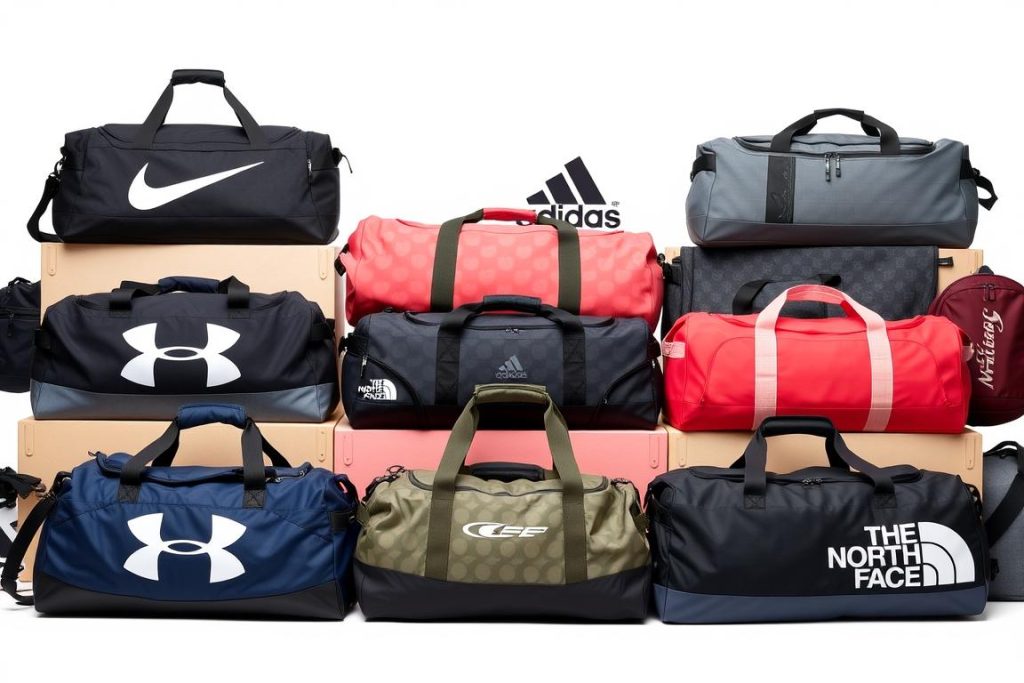
Premium Options
- Nike (excellent gym-specific features)
- Under Armour (durable construction)
- Lululemon (stylish design with functionality)
Mid-Range Choices
- Adidas (good balance of quality and price)
- Puma (stylish designs with decent features)
- Reebok (functional options at reasonable prices)
Budget-Friendly Picks
- Amazon Basics (simple but effective designs)
- Decathlon (good value for money)
- Target’s All in Motion (affordable quality)
Real-World Considerations

Gym Locker Compatibility
Standard gym lockers typically measure around 12″ x 12″ x 36″. Most gym bags are designed with these dimensions in mind, while many duffel bags might be too large for standard lockers. If you regularly use gym facilities, consider measuring your locker before purchasing a bag.
Travel Regulations
If you plan to use your bag for air travel, note that most airlines limit carry-on luggage to approximately 22″ x 14″ x 9″. Many medium-sized duffel bags meet these requirements, making them excellent travel companions. Always check specific airline regulations before traveling.
Seasonal Considerations
Your needs may change with the seasons. During winter, you might need extra space for bulkier clothing, while summer workouts might require less gear but more consideration for ventilation and wet items. Some users find having different bags for different seasons practical.
Conclusion: Making Your Final Decision
When it comes to the gym bag vs duffel bag debate, there’s no universally “better” option – only the right choice for your specific needs. Consider your primary activities, organization preferences, and carrying comfort when making your decision.
For dedicated gym-goers who value organization and specialized compartments, a purpose-built gym bag offers features designed specifically for fitness routines. For those seeking versatility, maximum capacity, and the ability to use one bag across multiple scenarios, a duffel bag provides excellent flexibility.
Remember that quality matters regardless of which type you choose. A well-made bag will serve you better and last longer than a cheaper alternative, making it a worthwhile investment for your active lifestyle.
Find Your Perfect Bag Today
Ready to upgrade your gym or travel experience with the right bag? Explore our curated selection of high-quality options designed to meet your specific needs.
Frequently Asked Questions
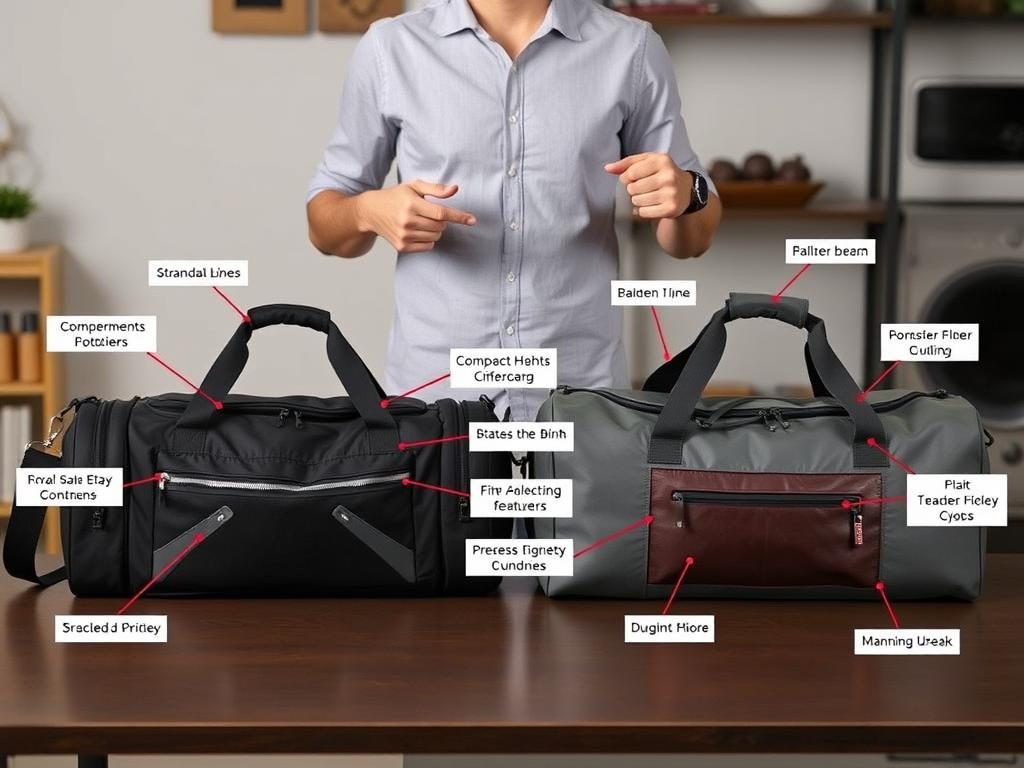
Can I use a duffel bag as a gym bag?
Yes, you can absolutely use a duffel bag as a gym bag. Many people prefer duffel bags for the gym due to their spacious interior and flexible capacity. However, you might miss some of the specialized features of dedicated gym bags, such as separate compartments for shoes or wet items. If organization isn’t your top priority, a duffel bag works perfectly fine for gym use.
Are gym bags allowed as carry-on luggage?
Most gym bags can function as carry-on luggage, provided they meet the airline’s size restrictions (typically around 22″ x 14″ x 9″). Compact gym bags easily fit under airplane seats as personal items. Always check your specific airline’s requirements before traveling, as regulations can vary between carriers.
How do I prevent odors in my gym bag?
To prevent odors, empty your bag after each use and allow it to air out. Use the wet/dry compartments to isolate sweaty clothes, and consider antimicrobial sprays designed for gym equipment. Washing your bag regularly (following manufacturer instructions) and using small deodorizer sachets can also help maintain freshness.
What’s the average lifespan of a quality gym or duffel bag?
A high-quality gym or duffel bag should last 3-5 years with regular use, and potentially longer with proper care. Premium bags with reinforced stitching, quality zippers, and durable materials can extend this lifespan significantly. The frequency of use and how heavily you load the bag will impact its longevity.
Are there waterproof options available for both bag types?
Yes, both gym bags and duffel bags come in waterproof or water-resistant options. Look for bags made from materials like tarpaulin, coated nylon, or those specifically labeled as waterproof. These options are ideal if you frequently encounter wet conditions or need to protect electronic devices inside your bag.






